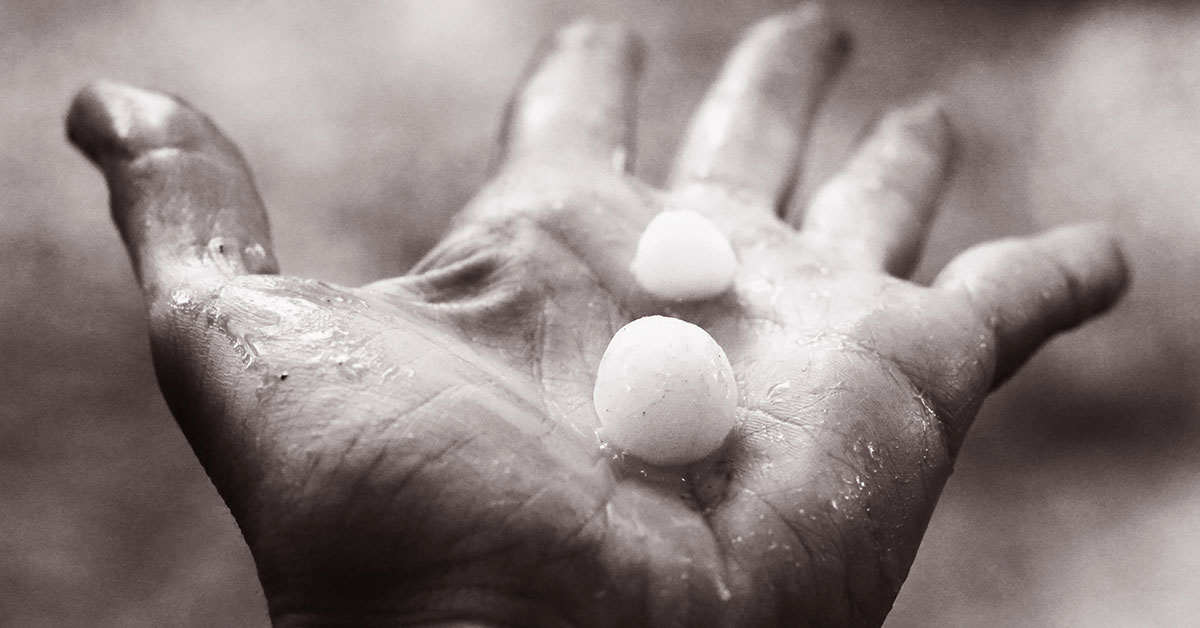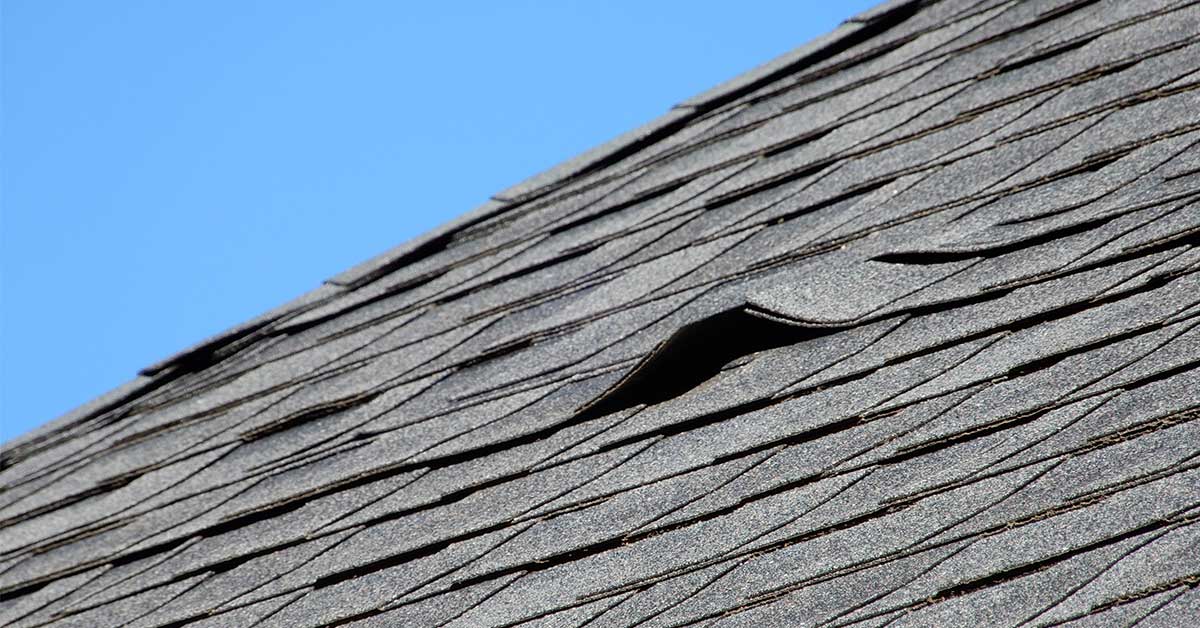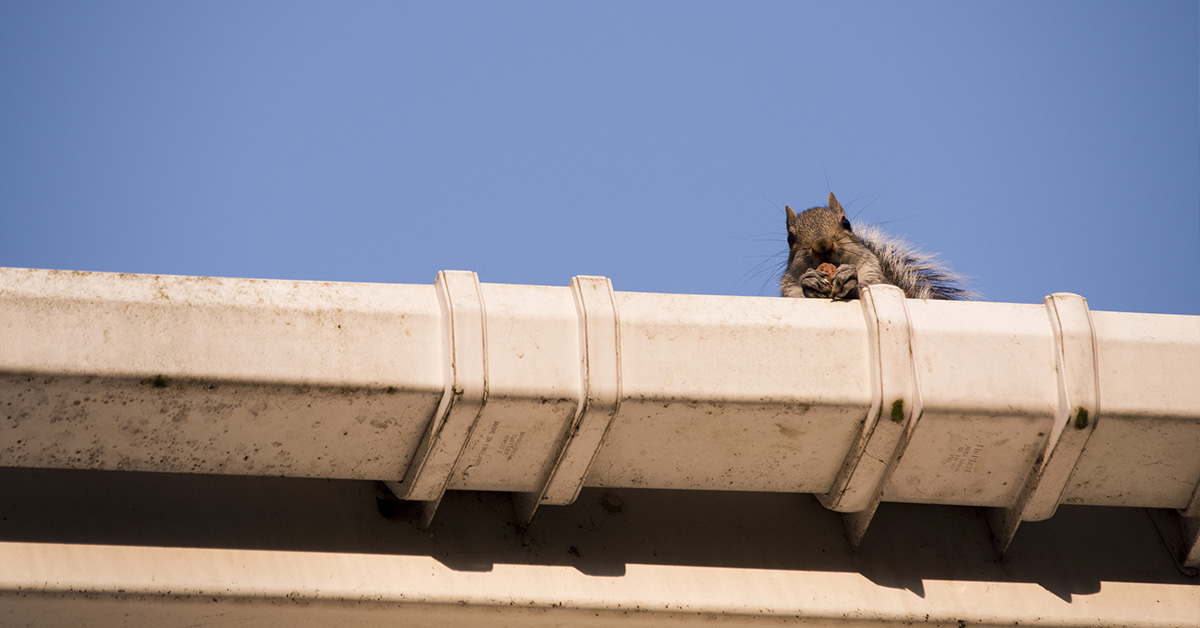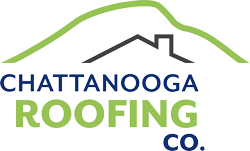
email us
ted@chattanoogaroofingco.com

call us now
(423) 308-ROOF
roof damage

19 Feb. 2020
3 Facts About Hail Roofing Damage
No homeowner wants to go through a roofing emergency caused by hail, but sometimes Mother Nature has other plans. Chattanooga is no stranger to extreme weather disturbances like hailstorms. In order to prepare for the worst, you need to know the facts about hail roofing damage.
Unfortunately, plenty of homeowners in the area find themselves at a complete loss on what to do in the aftermath of a hailstorm. Here are some of the things to do so you won’t be caught flatfooted next time there’s a hailstorm.
3 Facts About Hail Roofing Damage
1. Expect the Worst
Both wind strength and density of hail can contribute to the roof damage. Hail can cause shingles to break apart and granules to form, resulting to shortened shingle life. Hailstorms also come with strong and heavy winds, which can blow off shingles and other roofing materials.
2. Document the Damage
After a devastating hailstorm, your first order of business is to inspect the roof for damage. Take note of the date and time of the storm. Take photos of the entire property including the roof and yard.
This will come in handy when you file a claim for insurance. Remember that hail melts, so it is important to have photos to back up your claim.
Don’t wait too long to file the claim because most insurance companies have an expiration when it comes to filing hail roof damage.
3. Conduct an Inspection
You don’t need a leaking roof to have hail damage. Granule loss, shingle cracks, and exposed fiberglass mat are some of the signs that your roof has been damaged by hail.
However, most of the time the damage is not visible especially when you’re looking at the roof from the ground. It will take a trained eye to spot the damage. This is why it is recommended to have your roof inspected by a professional to know the full extent of the damage.
What to Do After a Hailstorm
Now that you know the facts about hail roofing damage, don’t allow inclement weather to destroy the things you have worked hard for. A ground level inspection is not enough to detect the damage done to your roof.
If left untreated, even a minor hail damage can lead to leaks, ice dams, mold damage, or electrical issues. All these things will eventually lead to roof replacement, so it is best to nip problems like this in the bud.
No matter what Mother Nature throws your way, you can depend on Chattanooga Roofing to help you deal with hail roofing damage. Call us today at (423) 799-2173 and we’ll help you put things back together and protect your home from the harsh elements by making it stronger.

06 Sep. 2018
Roof Damage From Wind: What Is It, and How Can I Spot It?
According to Travelers Insurance, roof damage from wind made up an astonishing 25 percent of all homeowners insurance losses from 2009 to 2015. High winds can damage your roof, especially if it’s older or if your home is often exposed to forceful wind.
Wind can cause a few different kinds of damage to your roof. These include leaks, torn away or broken shingles, and gutter blockage. Asphalt shingle roofing receives the most damage from wind – even though it’s sturdy and rated to hold up under 90 mph gusts. If the wind is sustained, it can wear away at the integrity of shingles and start to damage them at 50 mph. Knowing how to check for roof damage from wind is vital to your home’s long-term health.
What Is Roof Damage from Wind?
Wind is unpredictable. It can damage areas that seem strong while leaving weaker areas alone. That’s because the wind doesn’t hit the entire surface of your roof with the same amount of strength. Corners, edges, and the exposed ridge suffer most frequently from wind damage.
For instance, where shingles hang slightly over the edge of your roof, wind can get under it and curl it up – or even rip it clean off. This is the type of damage that’s easiest to spot visually. Anytime wind removes a shingle, the roof will develop a leak in that spot (and anywhere below it, since water runs downward).
In addition, high winds can “lift” shingles without removing them. Most often, this is caused by suction from the wind passing over the top of the shingles, rather than getting under them. In this case, your roof may look intact from the ground. But all the while, water is seeping underneath the loose, lifted shingles. Lifted shingles lead to broken sealant – and leaks over time.
As another example, debris blown by high winds can tear apart your shingles. Tree limbs are a particularly common culprit here, so make sure you trim away any branches that reach over your roof. If you have trees next to your house, you’re likely to experience this type of roof damage from wind. In fact, high winds don’t cause as much damage as the debris blown by them does. They may look pretty, but those overhanging trees are a hazard.
How Can I Spot Roof Damage from Wind?
Look for these signs of roof damage caused by high wind.
1. Leaky Roof
Leaks in your roof are the easiest way to spot damage. However, a leak is the last thing you want. Don’t wait until your ceiling is dripping to check for damage. After each session of high winds, check for damaged shingles before you have a water problem. And, if a leak does appear, call a trusted roofer right away!
2. Missing, Lifted, or Curled Shingles
You should be able to spot missing and curled shingles from the ground. Look especially at the roof’s stress points: edges, corners, chimney, valleys, and ridgeline. These spots will let water through to the sub roofing – and into your home.
On the other hand, lifted shingles are hard to spot unless you’re on the roof. What may have happened is that the nails have become looser, and the layer of sealant may be broken. You’ll want to have your roof professionally inspected from time to time, especially if your roof has a steep pitch or your home has more than one story.
3. Granules in the Gutter
Extreme wind and pounding rain can strip protective granules from your shingles, washing them into the gutter. After a rainstorm, especially one accompanied by high wind, check the gutter for an excess of granules. If you find more than normal, call a roofer to check the shingles.
4. Damaged Chimney Flashing
This should be a quick check, but you’ll need to be on the roof to do it. Inspect the flashing around the chimney to see if it’s split or missing. Because it’s a vulnerable stress point, your chimney flashing is an especially common location for roof damage from wind.
Like always, a high-quality roof installed by an experienced roofing professional is your best defense against wind damage. Don’t cheap out – you may end up paying more in the long run. Call a licensed and insured roofer with decades of expertise, like Chattanooga Roofing Company. We’d be happy to inspect your roof for wind damage and give you a free estimate!

02 Mar. 2018
What Should You Do if Pests Damage Your Roof?
You don’t want to find pests anywhere inside your home – especially your roof. If your roof has any weak spots, animals will often find a way to burrow inside and hibernate during the colder months. In fact, winter is when most pest damage happens. As temperatures rise and rain falls, unfixed damage can wreak havoc on the walls and roof of your home. So, what should you do if pests damage your roof?
First, let’s look at which pests cause the most roof damage. After all, knowing your enemy is half the battle.
Which Pests Damage Your Roof?
Here in the south, we see lots of problems with pests like squirrels, mice, rats, beetles, termites, ants, and even bees. Each of them can cause different types of damage to your home.
1. Termites
Termites are especially known for invasions around areas where there is mold or rotted wood. Termites will build colonies in and weaken wooden roof structures, leading to loosened roof tiles or shingles.
2. Birds and Bats
Birds and bats will build nests inside your home and can leave unpleasant droppings. They can both get in through rotten fascia boards. You can prevent further incursions by replacing those boards.
3. Hornets and Wasps
Hornet and wasp nests can attract other insects that cause damage to your roof when left alone. Wasp nests also attract termites, leading to extensive wood damage.
4. Squirrels
Squirrels cause issues with electrical materials when they gnaw and chew on wires, pipes, structural supports, or shingles in order to get into your attic. They usually leave behind urine stains and unpleasant odors.
5. Mice and Rats
Like squirrels, mice and rats commonly chew and gnaw on roofing and structural materials. Their presence can expose your family to disease or disgusting droppings and odors.
What Can I Do About Pest Damage?
Get an exterminator – and then call a professional roofer like Chattanooga Roofing Company to fix the damage! When pests damage your roof, we’ll handle all roof and fascia repairs efficiently and effectively. We can repair any damage done and prevent further infestations, so next winter your home will be safe from pests and vermin.
visit Us: 529 S. Germantown Rd. Chattanooga, TN 37411
email us: ted@chattanoogaroofingco.com
24/7 Emergency call (423) 308-ROOF

